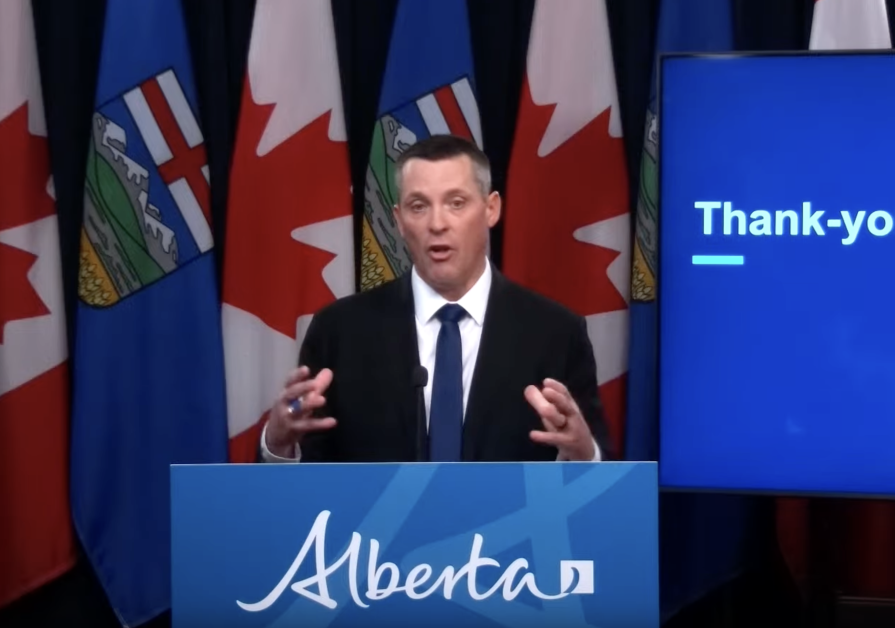
The province is forecasting a $4.6 billion surplus at the end of the 2024-2025 fiscal year, up from its most recent projection of $2.9 billion.
MLA for Drumheller-Stettler and President of Treasury Board and Minister of Finance, Nate Horner, delivered its second quarter fiscal update and economic statement. The forecast of the surplus is buoyed by non-renewable resource revenue and personal income taxes.
However, in a release it notes that given the current significant uncertainty in global geopolitics and energy markets, Alberta’s government must continue to make prudent choices to meet its responsibilities.
“These are challenging times, but I believe Alberta is up to the challenge. By being intentional with every dollar, we can boost our prosperity and quality of life now and in the future,” said Horner.
The province is feeling many pressures, including more than 450,000 people making Alberta its new home over the last three years. Midway through the fiscal year, the government invested to help support some of these pressures.
This involved adding $716 million to Health care for physician compensation and providing more services for an aging population, another $125 million to address growth pressures in education and $847 million for disaster and emergency assistance, especially as Jasper continues to rebuild after wildfires ripped through the community.
With this, the expense for 2024-2025 is forecast at $73.3 billion, up $143 million in 2024.
While the budget was supported by non-renewable energy, it is still volatile.
It says in a press release, “Looking forward, the province has adjusted its forecast for the price of oil to US$74 per barrel of West Texas Intermediate. It expects to earn more for its crude oil, with a narrowing of the light-heavy differential around US$14 per barrel, higher demand for heavier crude grades and a growing export capacity through the Trans Mountain pipeline. Despite these changes, Alberta still risks running a deficit in the coming fiscal year should oil prices continue to drop below $70 per barrel.”
“While our second quarter fiscal results remain positive, and we continue to forecast a surplus for 2024-2025, risks are on the rise, and we face mounting pressures,” said Horner. “Oil prices have dropped considerably, falling at times below $70 per barrel in the last couple of months. Forecasters are predicting downward pressure on crude oil prices based on uncertainty around the globe. We forecast it now to average $74 US per barrel this fiscal year, in line with the budget forecast, but down $2.50 from the first quarter. Each $1 in the WTI price carves about $630 million from our bottom line.”







